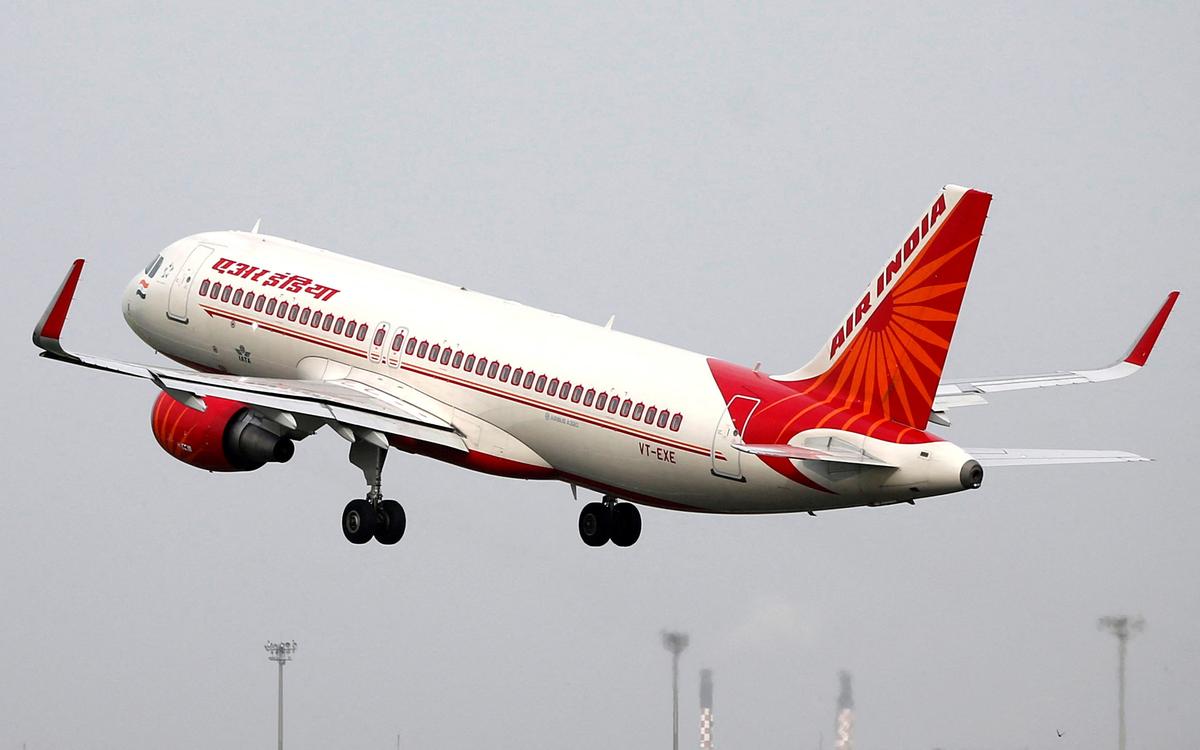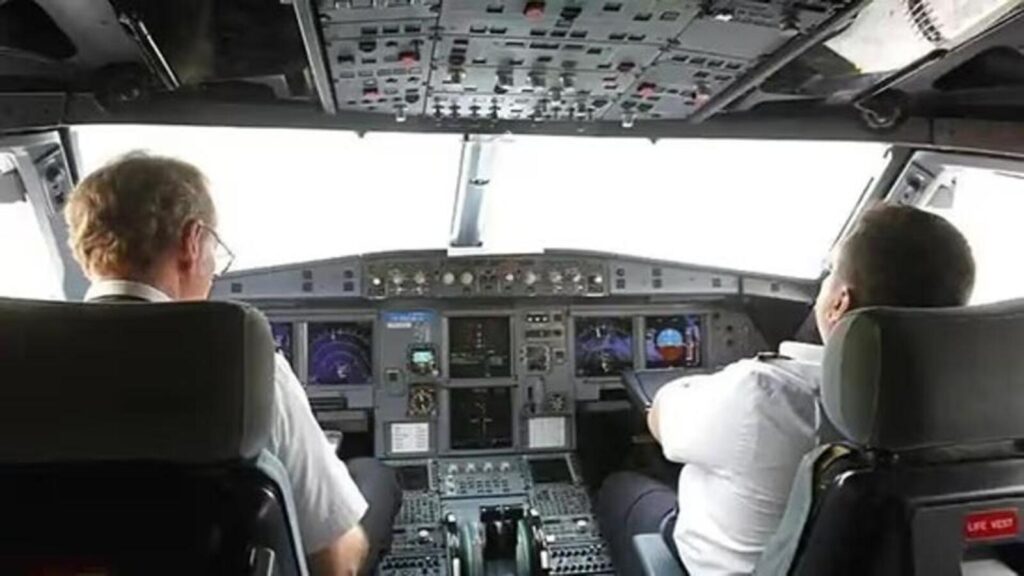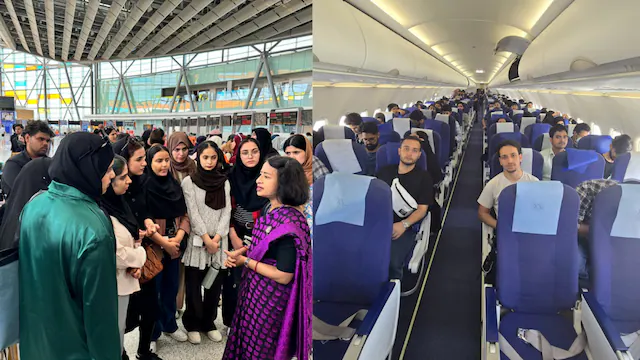Now Reading: Air India to Cut 38 Weekly International Flights, Suspends Services on 3 Major Routes
-
01
Air India to Cut 38 Weekly International Flights, Suspends Services on 3 Major Routes
Air India to Cut 38 Weekly International Flights, Suspends Services on 3 Major Routes

Air India has announced a significant reduction in its international flight operations, cutting down 38 weekly services and suspending three key overseas routes. The move comes as part of a network optimisation strategy, citing low demand and resource alignment. The decision is expected to affect not only metro cities but also Tier 2 regions where flyers often depend on connecting international routes through major hubs.
Major Route Suspensions Announced
As part of the revised plan, Air India has suspended its services on the Delhi-Copenhagen, Delhi-Vienna, and Delhi-Hong Kong routes. These connections, while not high in daily traffic, served as important links for students, business travellers, and families in cities like Chandigarh, Jaipur, and Lucknow.
Network Restructuring in Focus
The airline clarified that the changes are part of a broader effort to improve aircraft utilisation and operational efficiency. The aim is to reallocate resources toward more commercially viable and high-demand routes, particularly in North America, the Gulf region, and Southeast Asia.
Impact on Tier 2 Flyers and Travel Agents
The route cancellations are expected to create inconvenience for passengers from Tier 2 cities who often rely on these hubs for affordable international travel. Local travel agents in cities like Coimbatore, Nagpur, and Bhopal have reported rising concerns from clients over ticket availability and longer layovers.
Industry View: A Short-Term Setback?
Aviation experts believe this is a strategic, temporary adjustment to adapt to current market demand and fleet readiness. However, frequent changes in international scheduling could lead to a loss of customer confidence if not managed with clear communication and flexible alternatives.
Air India’s Broader Growth Plans Continue
Despite the cuts, Air India continues to invest in expanding its long-term fleet and upgrading its services. The Tata-owned carrier is undergoing a transformation phase aimed at improving punctuality, customer service, and route profitability.
Conclusion:
Air India’s decision to reduce international flights is a calculated step to streamline operations, but it brings immediate challenges for regular international travellers—especially those from Tier 2 cities who rely on specific routes for education, business, and family visits. As global air travel stabilises, passengers will be watching closely to see how quickly and effectively the airline rebalances its network.

























